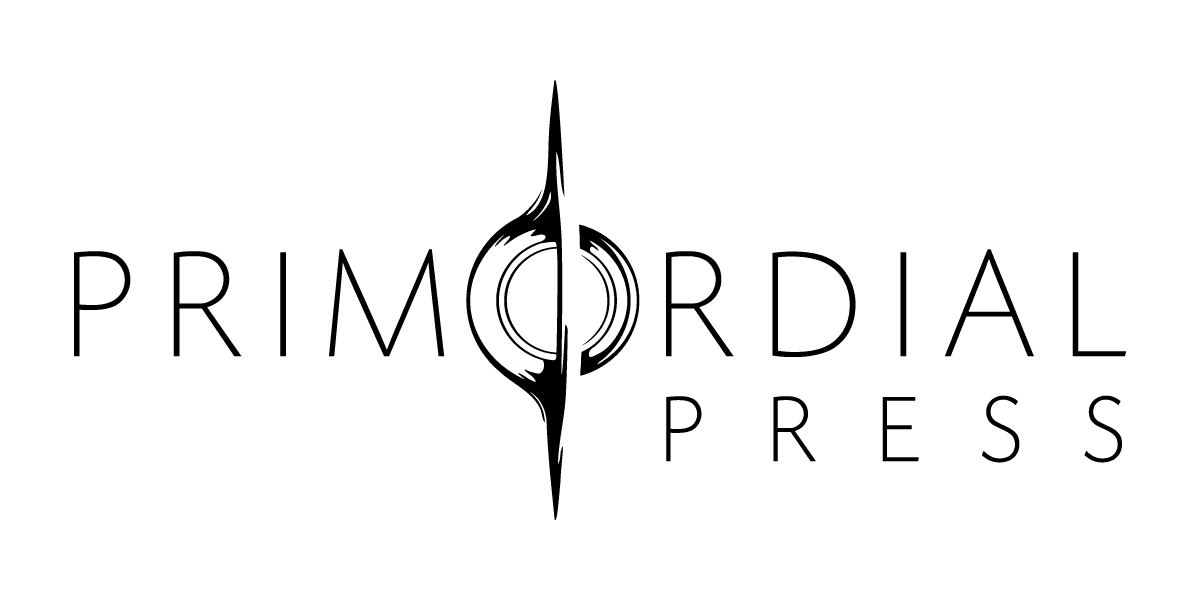(#5) Acting on received feedback – improving the manuscript
We now understand the basic complaints our beta readers had. Let’s take those items and use them to improve our manuscript.
- “I loved your prologue, but it took forever for something ‘cool’ to happen afterwards”
- “It was hard for me to understand whether your characters were in a new world or not. I didn’t truly figure that out until chapter 2 or 3”
The problem an author faces especially on the first book of a series, but it’s really true of any book, is getting the reader engaged with the story line. This is where you either win or lose your audience, on the first paragraph, page, chapter. Without a doubt, you cannot afford a weak introduction into your story. If its weak and nobody knows you, you will not be given the benefit of the doubt.
The agent reading it will dump it on the slush pile and you can forget representation.
If you send it directly to the publisher, they will probably not have the time to bother since they’ll know if you gave them a weak introduction, the rest of your manuscript will also be weak and not worth reviewing.
If you self-publish – well, I suppose your family will forgive your many sins anyway.
The blog reader, an would-be author asks, “So how do I make my prose engaging?”
There is no good answer aside from constructing a formula of “hooks”. There are books which describe these things and when I am done, I will go ahead and create a bibliography of resources that most folks can reference. If I somehow forget, I am sure one of the two intrepid readers of this forum will remind me.
I can give an example of the most basic of hooks, stolen from line one of my prologue from my first book:
- “Attend the throne room immediately!”
This is somewhat abrupt and certainly forces the reader to think, “Uh…what’s going on?”
If you can get a reader to ask that question, you have them hooked to read the next paragraph. That’s the basis of what all of the really good and engaging writers do. They catch your attention.
Think about it. If you, like me, have been in the non-literary world for long; you have been taught to write resumes. What is the rule for well written resumes? If you can put all the necessary and pertinent data on the first page, then that is a good thing. Resumes that meander and require you to read up to page three before understanding the most pertinent information are not as my friend Charlie Sheen would say a “Winning” combination. Resume writing is about engaging your audience (prospective boss) with the intent of making then notice your worth and wanting to pick up the phone and call you.
Writing is the same way, except your boss is the reader, and your goal as a writer is to have them turn the page.
Okay, so you’ve engaged your reader. Let’s see if we can address the issue of “nothing cool happening.”
We have the problem at the beginning of a story that every writer has. How to tell the reader about the world and people and the problems the characters have. You want to shove it all at them, but it’s kind of like reading this blog. In bite-sized pieces it may be okay because the data is interspersed and told in story form. If I shoved at you all of the data in one long dissertation, it might be a less satisfying read.
No different than any book, let’s take Harry Potter for example. We know who Dumbledore is and Hermione along with Harry and what about the Weasley family or the groundskeeper Hagrid and Voldemort and his analog Tom Riddle and so on and so forth. Do we learn about everyone right away?
No
As a storyteller we need to figure out how to pace out the introductions and not make it a session of drinking at the fire hose of knowledge. We must (yes, I actually said MUST – which is going to be rare in this blog) figure out a way to fill out the details in a paced manner that remains engaging to the reader and feels natural as a part of the storyline.
This is where I wimp out and say, a writer must (there I go again) also be a voracious reader. You will see very good examples of this technique of doling out the details over time.
Another problem that comes with this doling out of the details, you still need to keep the reader engaged while you are trying to feed them information over time. The job of the author is to weave into the storyline something that keeps the reader wondering what is next. There are several techniques, and I believe they can all apply depending on your story.
- Weave elements of “wonder” throughout your story. Keep the reader thinking about elements of the story, and as the story unwraps and some wonder is explained, introduce new elements of wonder. This ensures they are learning about story elements, staying engaged, and wondering what is next.
- When working with multiple viewpoints, ensure that each viewpoint switch is separated by a scene marker and it too is engaging. Some (like Game of Thrones) have taken this as a viewpoint per chapter and emphasizing the chapter by the character viewpoint name.
- In my case where I have characters transition from one world to another, I have pulled the reader along by changing scenes from the mundane “old world” to concurrent “new world” ones. This is intended to keep the reader grounded on the main characters yet keep them wondering about when these two views will merge.
Well, this is getting long for a blog post, so I will cut it off now. Next installment should be about more detailed work I found I needed to work on.
-Mike Rothman

